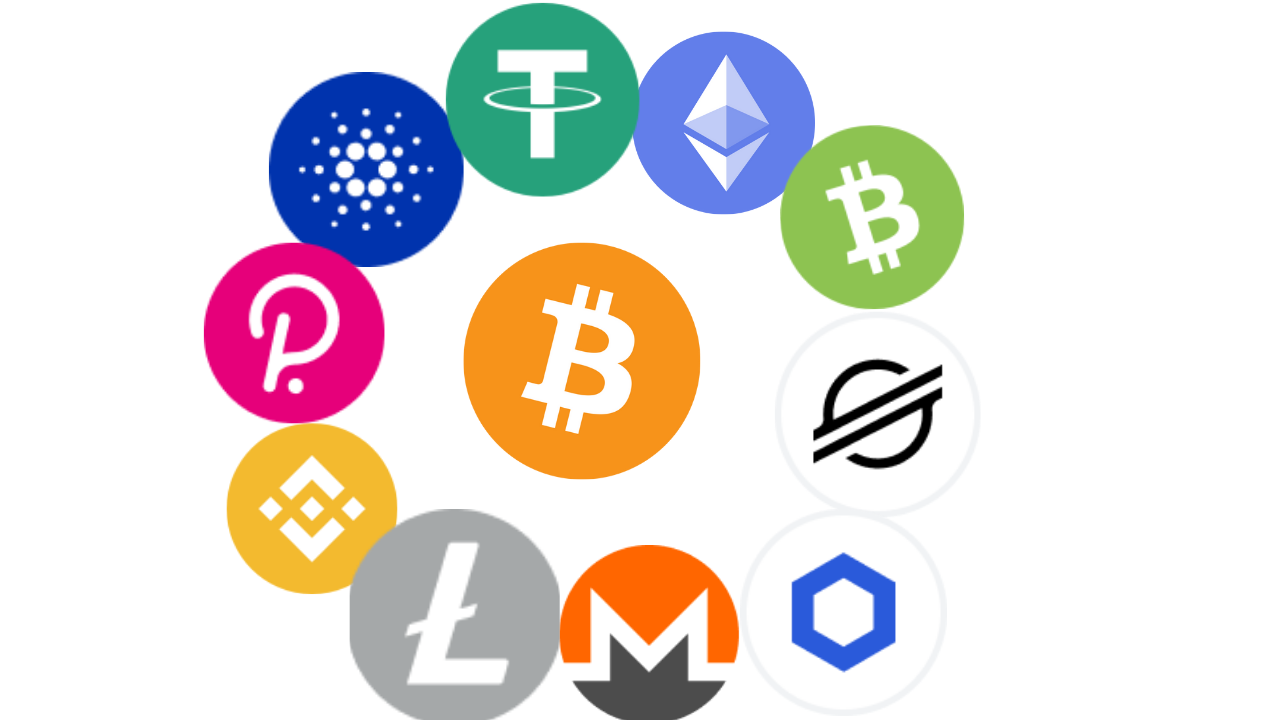10 Coins that are likely going to Survive the Bear Market: Part 2
So I already covered in my previous article the first part of my article which coins I thought were going to survive the bear market. I admit it was a kind of boring selection. Luckily, the second part I think has a little more pepper behind it. I think it is going to get harder and harder to choose a new cryptocurrency in the future given that there is less junk being pushed onto the market. You’ll notice these are largely smart contract platforms. There is a good reason. Even with ethereum being a smart contract platform, you can expect that congestion to bottleneck the system in the future. This makes other chains necessary to ease the transaction computation off from either. Another feature we are looking for is community and attraction of developers.
Polygon
Polygon is a major layer-2 solution for ethereum. Basically, it takes some of the transaction load from ethereum, to allow transactions to be executed off the ethereum blockchain and have them compacted together and have them recorded on the ethereum blockchain at a later date. In terms of TVL, it is currently the fourth largest ecosystem in crypto. When ethereum transactions become expensive, you can expect polygon to have increasing adoption rates. Matic, the coin backing polygon, works very similar to ethereum. You need to execute transactions using Matic. It also borrows the EVM technology used by ethereum.
Solana
I happen to be a Solana bull myself. At the moment, Solana has had a blackeye on its name. It doesn’t help that it has a strong association with Sam Bankman-Fried, the founder of the FTX exchange which stole billions of clients' money. The network is also in Beta testing despite access being available to the public. This has been a real problem with investors' funds being subject to hacks and shutdowns in the network.
However there are some clear advantages that Solana does have. Unlike most Smart contract blockchains, Solana is not an EVM based blockchain. This changes the dynamic of what Solana can obtain. EVM based blockchains use a programming language called Solidity. The problem is that this skill is extremely scarce. There is a reason why some solidity developers are 6 figure incomes. It isn’t that they are good programmers, it is that they are scarce and in high demand. Solana uses much more common programming languages such as Rust and C++. There are two clear advantages this provides. Both Rust and C++ happen to be some of the fastest programming languages for execution. The second is that these are programming languages used OUTSIDE of the crypto space. Languages like Rust are gaining mass adoption and taking over areas that used to be handled by C++ due to memory safety management. Unlike EVM based blockchains, Solana will have the ability to siphon developers from other tech sectors from Operating Software programmers to video game developers.
I personally happen to be a Solana Bull myself. However, there are some shortcomings with the overall ecosystem. One clear disadvantage that Solana dapps have is the lack of an EVM. The benefits of EVM technology and Solidity is that it can easily port software from one ecosystem to another. Solidity developers do not need to start from scratch or can work with software in which all the computer bugs have been ironed out. Every Solana developer will need to start from scratch or figure out the bugs from previous software developed on the platform.
Atom
This is another project I am extremely bullish on. Unlike Solana and Ethereum which are layer-1 smart contracts, Atom is a different product called a layer-0 blockchain. To understand the nature of blockchain technology, you have to understand that each one is maintaining a ledger for their own networks. For this reason, you cannot use each other's blockchains to perform transactions. This means you cannot perform Bitcoin transactions on Ethereum and vice versa. This is what is called the interoperability problem. Another problem is blockchain congestion. It isn’t unusual for a blockchain to experience congestion when performing transactions, especially layer-1 blockchains. Either transactions become more expensive or nearly impossible to execute due to spamming the network.
With Layer-0 protocols, they seek to be the mainchain that links other blockchains together. These other blockchains become are layer-1 blockchains which can be either another smart platform like Etheruem or Solana, or become a specialized “dapp chain”, where you can have one blockchain perform one specialized task such as a dex, CDP stablecoin issuer, or NFT trading platform.
Polkadot
Polkadot is very similar to Atom as they are both Layer-0 blockchains. There is one striking difference. In Atom, every blockchain requires their own set of validators to run their blockchain. In Polkadot, parachains, which are basically customized blockchains for polkadot, borrow the security from the relay chain. This means they do not need to acquire their own set of validators. Polkadot validators do the work of verifying transactions for the parachains. The cofounder of Polkadot, Gavin Wood, happens to be one of the cofounders of ethereum.
ADA
A while back I was poking fun as a bunch of Cardano Maximalists. It really had to do with the performance of their overall ecosystem. Even at the moment it still sucks. The reality about ADA maximalists is that they want more ADA and couldn’t give a damn about the ecosystem. As of writing, the ecosystem has about 72 million dollars locked up but about 72% of the ADA in the system is being staked. In other words, ADA stakers are looking to pump and dump their coin into the next bull market. That doesn’t mean you can’t come along for the ride.
Concluding Thoughts
I do believe these aren’t the only coins that can survive the bear market. However, I’’l consider making a list of honorable mentions in my next post. Right now might be arguably the best time to be getting into crypto. The history of crypto was one littered with crap. With so much tech being built this time around, you have a better chance of picking up quality cryptocurrencies and projects at the moment.
Did you find this article to be informative and helpful? Please take the time to visit our donation page to show your support this blog.


